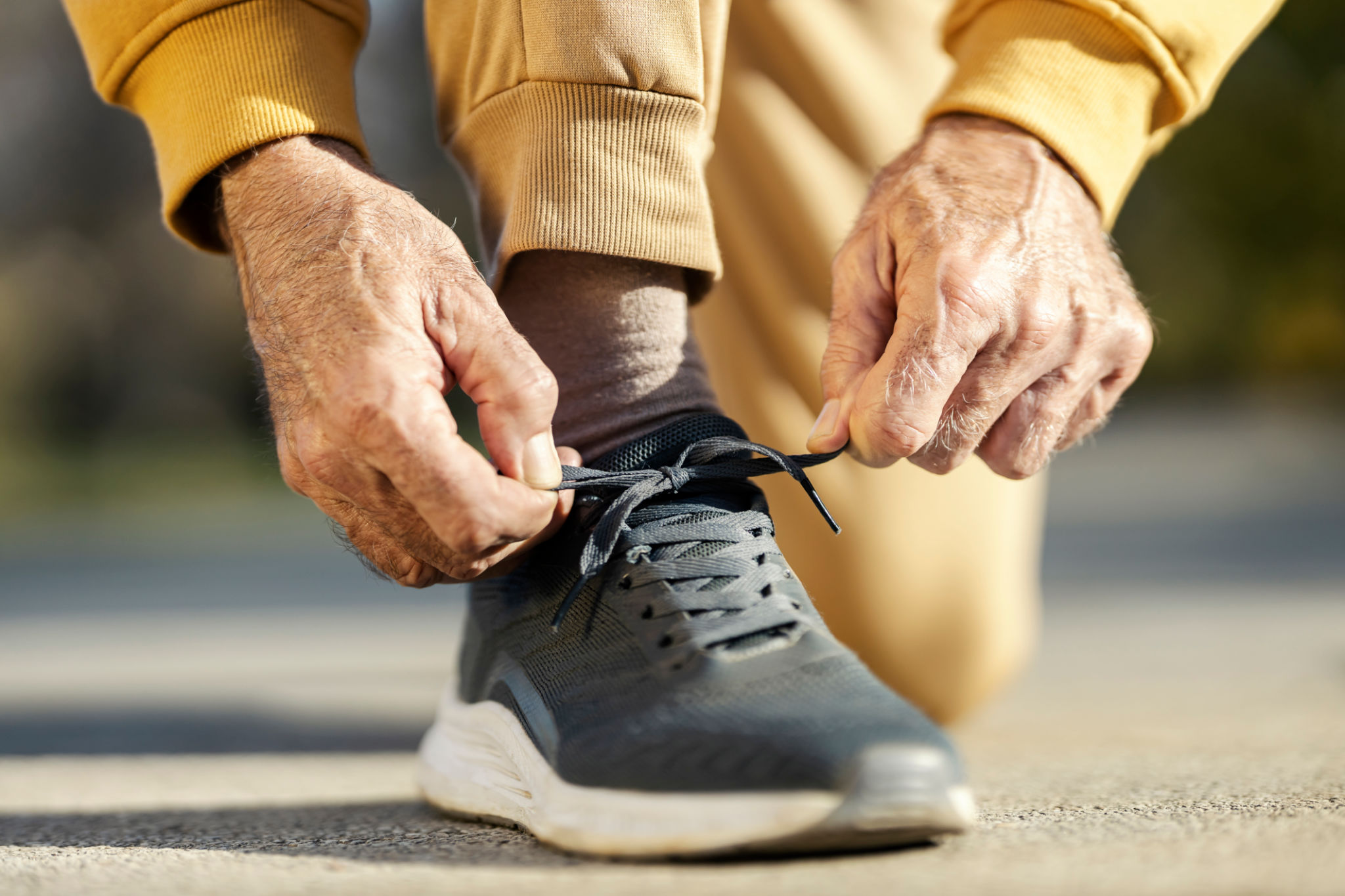Expert Tips on Preventing Common Injuries in Senior Workouts
Understanding Common Injuries in Senior Workouts
As seniors engage in fitness activities, they face unique challenges due to the natural aging process. Common injuries often include strains, sprains, and joint pain. These injuries can arise from a variety of exercises, whether it's strength training, cardio, or flexibility routines. Understanding these potential pitfalls is the first step towards prevention.

One of the most frequent issues is the overuse of muscles and joints, leading to inflammation and discomfort. This happens when the body is pushed beyond its limits without adequate rest or recovery time. Additionally, falls during workouts can lead to fractures or bruises, making it crucial for seniors to maintain balance and stability.
Start with a Warm-Up
A proper warm-up is essential for preparing the body for exercise. It increases blood flow, enhances muscle elasticity, and reduces the risk of injury. Seniors should focus on gentle movements that gradually elevate heart rate and loosen up stiff muscles.
- Begin with light aerobic activities like walking or marching in place.
- Incorporate dynamic stretches targeting major muscle groups.
- Spend at least 5-10 minutes warming up before any workout routine.

Focus on Proper Form and Technique
Maintaining proper form is crucial in preventing injuries during senior workouts. Incorrect posture can lead to unnecessary strain on muscles and joints. It's beneficial to work with a trainer who can provide guidance and corrections as needed.
Key aspects of good form include:
- Aligning the spine properly during exercises.
- Engaging core muscles to support balance and stability.
- Avoiding overextension or locking of joints.
Listen to Your Body
Seniors should always be attentive to their bodies' signals. Pain is an indicator that something is wrong, and ignoring it can lead to more serious injuries. It's important to differentiate between normal discomfort from exertion and pain that signifies potential harm.

If pain persists, it's advisable to stop the activity and consult a healthcare professional. Adjusting the intensity or type of exercise can also help in managing discomfort without compromising fitness goals.
Include Rest and Recovery
Rest days are just as important as workout days for seniors. Adequate rest allows muscles to recover, reducing the risk of injuries linked to overtraining. Incorporating activities like yoga or tai chi can promote gentle movement on rest days while aiding in recovery.
- Ensure at least one full day of rest each week.
- Consider low-impact activities that encourage relaxation and flexibility.
By following these expert tips, seniors can enjoy safe and effective workouts that enhance their health and well-being while minimizing the risk of injury.